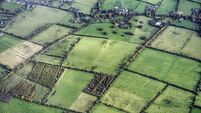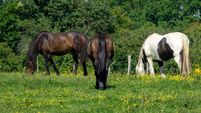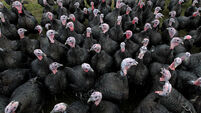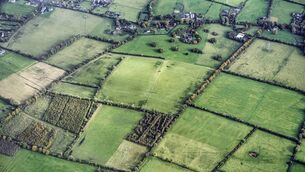Wed, 07 Dec, 2022 - 16:11
Kathleen O'Sullivan
Widespread drought throughout Europe during the 2022 growing season has directly impacted the presence of moulds and mycotoxins in new crop grains and forages.
Mycotoxins are produced by certain species of moulds and are a concern for livestock producers as they can influence feed quality and subsequent animal health and performance.
Already a subscriber? Sign in
You have reached your article limit.
Subscribe to access all of the Irish Examiner.
Annual €130 €80
Best value
Monthly €12€6 / month
Introductory offers for new customers. Annual billed once for first year. Renews at €130. Monthly initial discount (first 3 months) billed monthly, then €12 a month. Ts&Cs apply.













